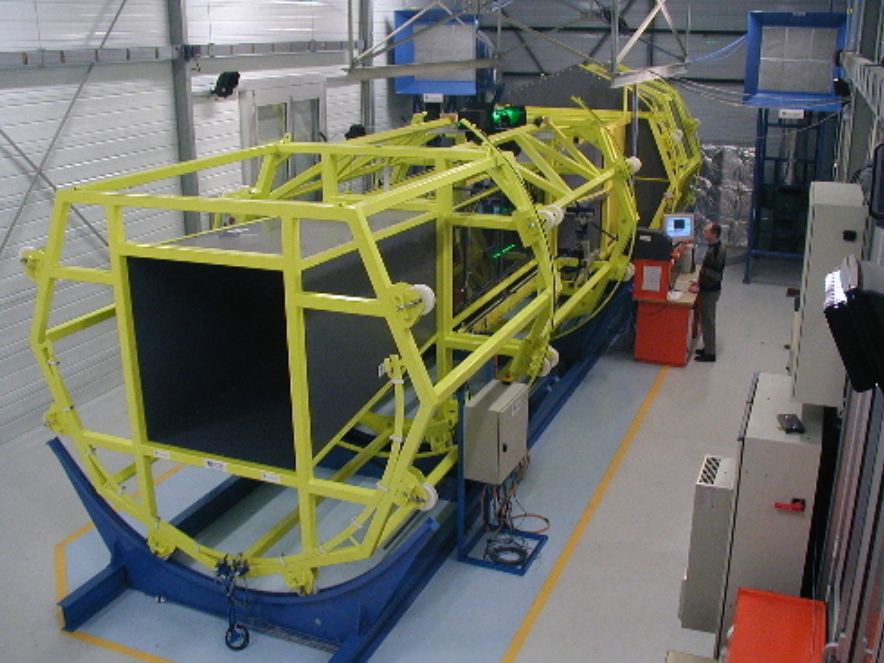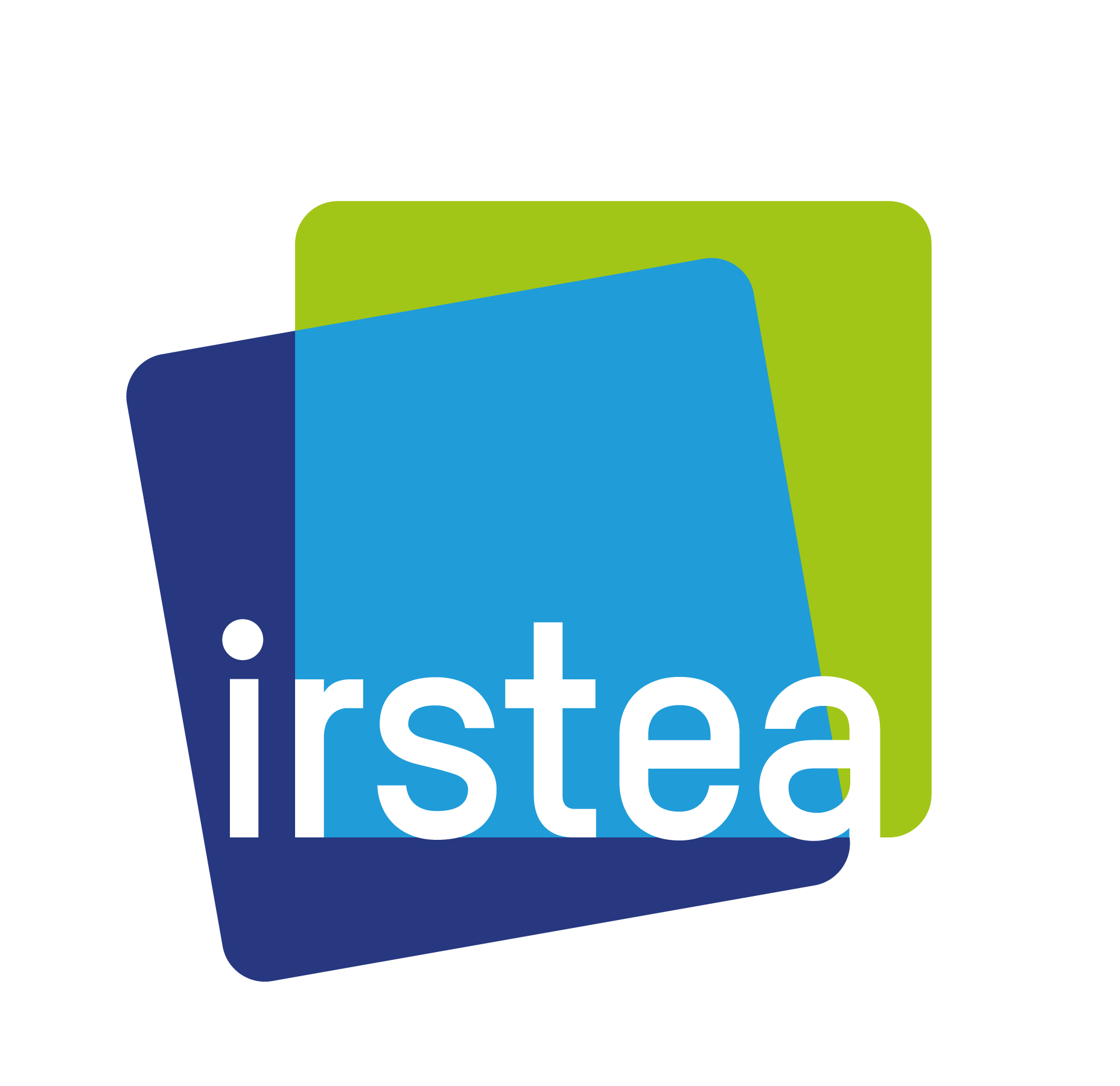Current collaborations
National collaborations

- SEACS: Toward new methods for the estimation of sub-meso scale oceanic streams (2013-2016)
-
The SEACS project whose acronym stands for: ``Stochastic modEl-dAta-Coupled representationS for the analysis, simulation and reconstruction of upper ocean dynamics'' is a Joint Research Initiative between the three Britanny clusters of excellence of the "Laboratoires d'Excellence" program: CominLabs, Lebesgue and MER centered on numerical sciences, mathemathics and oceanography respectively. Within this project we aim at studying the potential of large-scale oceanic dynamics modeling under uncertainty for ensemble forecasting and satellite image data assimilation. \end{module}
- INSU-LEFE: Toward new methods for the estimation of sub-meso scale oceanic streams (2013-2016)
-
This project aims at studying the problem of deriving a precise submesoscale characterization of ocean currents from satellite data. The targeted methodologies should in particular enable the exploitation of data of different nature (for example sea surface temperature or height) and/or resolutions. This 36-month project benefits from a collaboration with the Laboratoire de M\'et\'eorologie Dynamique, Ecole Normale Sup\'erieure, Paris.
- INSU-LEFE: MODELER (2014-2016)
-
This project with MeteoFrance aims at exploring error modeling and stochastic parameterization in geophysical flow dynamics. The theory explored in this context should enable the construction of unified image data assimilation strategies.
- ANR BECOSE (2016-2019)
-
BECOSE "Beyond Compressive Sensing: Sparse approximation algorithms for ill-conditioned inverse problems."aims at developing and analyzing sparsity based algorithms dedicated to ill-posed inverse problems arising in signal and image processing. This project gathers CRIN (Nantes), INRIA (Rennes), IRCYN (Nancy),and ONERA (Paris).
- ANR GERONIMO (2014-2018)
-
The GERONIMO project (Advanced GEophysical Reduced-Order Model construction from IMage Observations) which starts in March 2014 aims at devising new efficient and effective techniques for the design of geophysical reduced-order models from image data. The project both arises from the crucial need of accurate low-order descriptions of highly-complex geophysical phenomena and the recent numerical revolution which has supplied the geophysical scientists with an unprecedented volume of image data. The project is placed at the intersection of several fields of expertise (Bayesian inference, matrix factorization, sparse representations, etc.) which will be combined to handle the uncertainties associated to image measurements and to characterize the accurate reduced dynamical systems.
- Associated team LFD-FLU (2016-2019)
-
LFD-FLU is a collaborative group between the University of Buenos Aires and the Fluminance group. This associated team focuses on Large-scale Fluid Dynamics analysis from FLow Uncertainty.The main principal goal concerns the analysis of fluid flows from images for experimental fluid mechanics and geophysics. More precisely, we aim at exploring issues related to the modelling of uncertainties in the flow dynamics. Such a modelling enables to represent numerical artefacts or the action of unresolved small scales by the way of a random field describing the uncertainties one may have on the flow state. This strategy allows modelling partially known boundary conditions or missing dissipation contributions associated to unresolved scales or truncated modes. This work strategy will be coupled with a continuation of our efforts on the study of empirical basis for compact or sound spectral flow representation. A new application concerns the study of novel analysis tools for the extraction of Lagrangian coherent structures and mixing criteria in (stochastic) flows under uncertainty. This group is a follow up of the Huracan team.
- IFREMER
-
This partnership between Inria and Ifremer funds the PhD of Valentin Resseguier, which aims at studying image based data assimilation strategies for oceanic models incorporating random uncertainty terms. The goal targeted will consist in deriving appropriate stochastic version of oceanic model and on top of them to devise estimation procedures from noisy data to calibrate the associated subgrid models.



